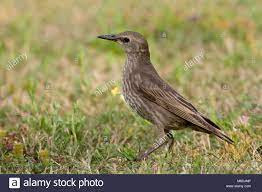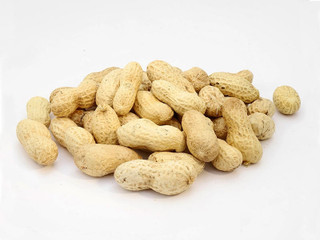The Kennedy Wild Bird Food Guide to the Common Starling Bird
The common starling bird, whose scientific name is Sturnus Vulgaris, is a distinctive bird that can be seen all year round and all over the UK. Despite being one of the most common garden birds, their conservation status is red, and this means that their species is globally threatened and the number of starlings are in decline.
This stresses the importance of looking after these beautiful birds so that they can continue to thrive amongst other wildlife for many years to come. To help you do just that, we've created this bird guide with everything you need to know about them and how to take care of them. Read on to learn more.
Starling bird facts
Here are some fun facts to wow your fellow birders with!
- They eat invertebrates and fruit - They love a sweet fruity treat as well as insects and worms. Later on in this guide we'll go over the best food to put out to keep them coming back for more.
- They can walk - Starlings can cover ground quickly as they can walk across the ground. Whereas other bird species tend to hop or jump!
- Their legs can change colour - Did you know that their legs can change colour between summer and winter? They appear pink in summer but turn to a dull colour in winter.
What does a common starling bird look like?
To spot an adult bird, you'll need to look out for it's glossy dark purple and green feathers. From afar, this can look like black, which makes them easy to confuse for blackbirds. However, when you catch a glimpse of one up close, you'll see their coat sports a unique mix of colours and patterns!

On the other hand, younger birds look quite different from their adult counterparts. They typically have a mix of cream, brown and black feathers, and brown and pink legs.

What does a starling sound like?
Starlings are known for being particularly noisy, so you may be able to hear them coming your way well before you can see them.
You'll hear a combination of noises including chattering, chirping, screaming and rattling to name a few. When starlings come together as a group, the noise can be quite loud and overwhelming so you might want to invest in some earplugs if you find a group of starlings in your area!
What's the best starling bird food?
If you're looking to attract these wonderful birds to your garden, you'll need to entice them with some tasty treats. As mentioned earlier, starlings consume both invertebrates and fruits, so be sure to put out a mix of both to keep it fresh.
Both dried mealworms and live mealworms will make a delicious treat for any starlings that visit your garden. Alternatively, opt for our blackbird and thrush mixture which contains fruits, seeds and nuts, all of which are bound to keep common starling birds coming back for more!
Log your common starling sightings in our BirdSpotter!
Unfortunately, the number of starlings is on the decline, so it's now more important than ever that we do our bit for birds and safeguard as many species as possible.
One of the ways that you can do this is by logging your sightings in our BirdSpotter map.
The BirdSpotter map not only keeps track of the distribution of certain bird species across the UK, it also suggests the right bird food to use to keep the birds in your area healthy and happy!










